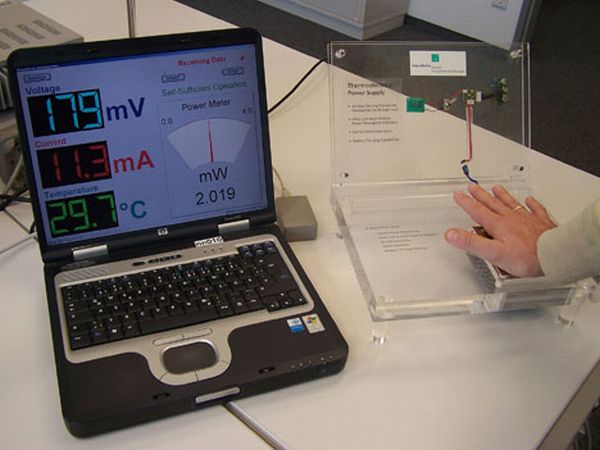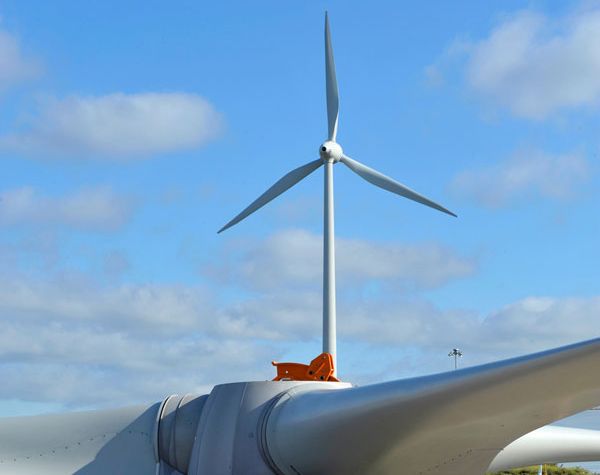The need for small scale clean energy systems
Collective reach is the name of the game, when it comes to the field of ‘clean’ power generation. In simpler terms, every societal stratum around the globe should possess the advantage of accessibility to sustainable energy systems. Now, obviously, it’s easier said than done. But, the comprehensive solution will always lie in small scale facilities that can aptly cater to the local power needs in optimized magnitude, as opposed to huge installations segregating certain big regions. Moreover, small scale systems don’t only entail facilities, but also include personalized mechanisms that can practically power our everyday gadgets.
However, since we are talking about the scope of clean power, there is a raging argument in the scientific community about what clean power really stands for? Does it encompass nuclear energy, with no greenhouse gas emission? Well, in this regard, we explicitly steer clear of nuclear power being considered clean, since it does leave behind nuclear waste. So, our sustainable power ambit encompasses wide varieties of renewable sources ranging from biofuel, wind to solar and thermoelectricity. And, it is the relatively unknown last component of thermoelectricity that we are interested in, given its potential to cater to our local as well as personalized needs.
The benefits of Thermoelectricity
In physical terms, thermoelectricity is related to direct conversion of temperature differences to electric voltage and also the vice versa effect. And, since only temperature difference, or heat, is the crucial factor in the process of power generation, thermoelectricity can be considered as both green and clean. In this regard, let us briefly check out the benefits presented by this technology in two main forms; thermoelectric generators and thermoelectric cooling.
Thermoelectric generators pose as the compact yet less efficient variant of conventional heat engines. However, due to their pliability and no moving parts on the inside, such generators are utilized in industries for energy recycling, by converting the secondary heat into further usable power. The same principle is used in automotive thermoelectric generators (ATG) and radioisotope thermoelectric generators (RTG), where the waste heat from the engines or radioactive decay is converted into electricity for further efficiency in vehicles and even satellites and space probes.
Thermoelectric cooling is achieved by the so called Peltier effect. Systems guided by this principle basically have the ability to transfer heat from one side of the device to the other side against the temperature gradient (for example, from cold to hot), with the consumption of electricity. In our everyday life, refrigerators and air conditioners pose as the apt examples of thermoelectric cooling. Furthermore, the fascinating effect is also utilized in the more high tech fields like telecommunications, electronics, space, medicine and even radioelectronic systems.
So, as it is seen, one of the most intriguing features of a thermoelectric mechanism is that it can derive its power from the magnitude and direction of heat flow. This means it doesn’t require the application of a ‘fuel’ component, as per the conventional sense, which is witnessed in fossil fuel powered mechanisms. In fact, thermoelectrical machines can actually ‘borrow’ the fuel from other heat generating systems, like burners, oven or even automobiles. More importantly, from the perspective of energy recycling, the heat that it uses may have just been wasted by dissipation into the surrounding, in normal circumstances.
Trends
a) Thermoelectric generator powered by sun’s heat

We have come across a slew of conventional solar panels generating power from light offered by our sun. However, in this case, scientists and researchers at the MIT have rather notched it up a level by designing a solid state device that generates electricity from sun’s heat. Touting their invention as being more advanced than present day thermoelectric generators, the mechanism can achieve up to 4.6 percent of heat to electricity conversion efficiency. As for its functionality, the nanostructure based design in the shape of a flat plate can actually be put inside a glass vacuum tube, and draped with a black plate of copper for absorbing heat.
b) The human battery: turning body heat into electric power

Invoking ‘The Matrix’ concept in real time, researchers at Fraunhofer Institute have successfully designed a thermoelectric system that create an electrical charge from human body heat. Deriving its ‘fuel’ from the occurring temperature difference, the fascinating circuitry runs on just a tiny amount of 200 millivolts. As a matter of fact, the scientists are looking forth to develop the mechanism to an advanced level, where it can generate power from even 0.5 degrees of temperature difference. By this, not only can our body charge our mobile devices, but it can also power the numerous health monitors we see in the hospitals.
c) Seiko Thermic

A practical example of a gadget working on a thermoelectric principle, the Seiko Thermic watch is powered by converting body temperature into electricity. Employing the workings of thermoelectric heat, better known as the Seeback effect, the watch’s power generating capacity depends on the air temperature, along with individual differences in body temperature. Moreover, the exclusive contraption is also furnished with an energy saving technique, which automatically stops the display when power generation doesn’t occur.
d) Dyson Energy Bracelet

Similar to the functioning of the earlier mentioned human battery and Seiko Thermic, the Dyson Energy Bracelet utilizes Seeback effect to harness power from temperature difference of body and the surrounding ambient air. This fascinatingly generated power can then be used to charge mobile devices, through an integrated micro USB port.
The barriers
Till now, we harped about the advantages of the ‘green’ scope of thermoelectric power generation. However, since the system’s utilization in the industrial field, it is the relatively high costs that have posed as predicaments to the full fledged development of the technology. Statistical figures from University of the Pacific allude to the fact that a single thermoelectric module capable of producing 14 watts of electrical power can cost approximately $100.
Moreover, most of the thermoelectric devices exhibit an efficiency of around a paltry 4 percent. Even when supplying power to other devices, the core mechanism only works efficiently if both of the devices have similar resistance. In other words, a 60 watt capable thermoelectric generator should sufficiently offer power to a 60 watt device; but the same generator would waste precious energy in supplying power to a 30 watt device.
The bottomline
Judging from the current amplitude of thermoelectric technology, we can uninhibitedly say that its usage is limited to our relatively smaller devices and gadgets. But, there is always scope for further development and with that the improved applicability in large scale fields such as the automotive industry and even space related endeavors. However, before arriving to that progressive state, the scientific and commercial communities have to comprehensively tackle the present problems of low efficiency and high costs. After all, they do start out with the crucial advantage of thermoelectricity’s intrinsic sustainable nature.




